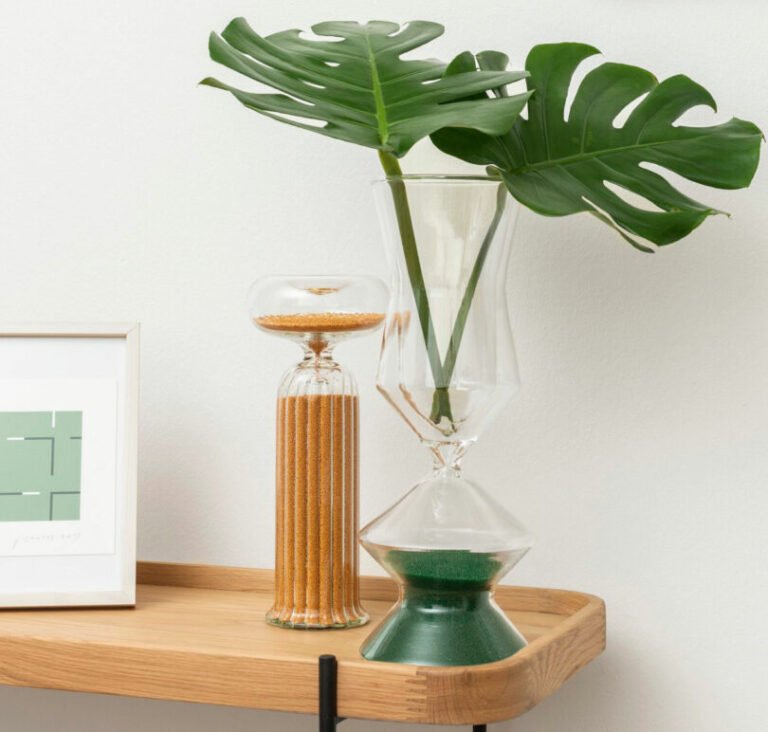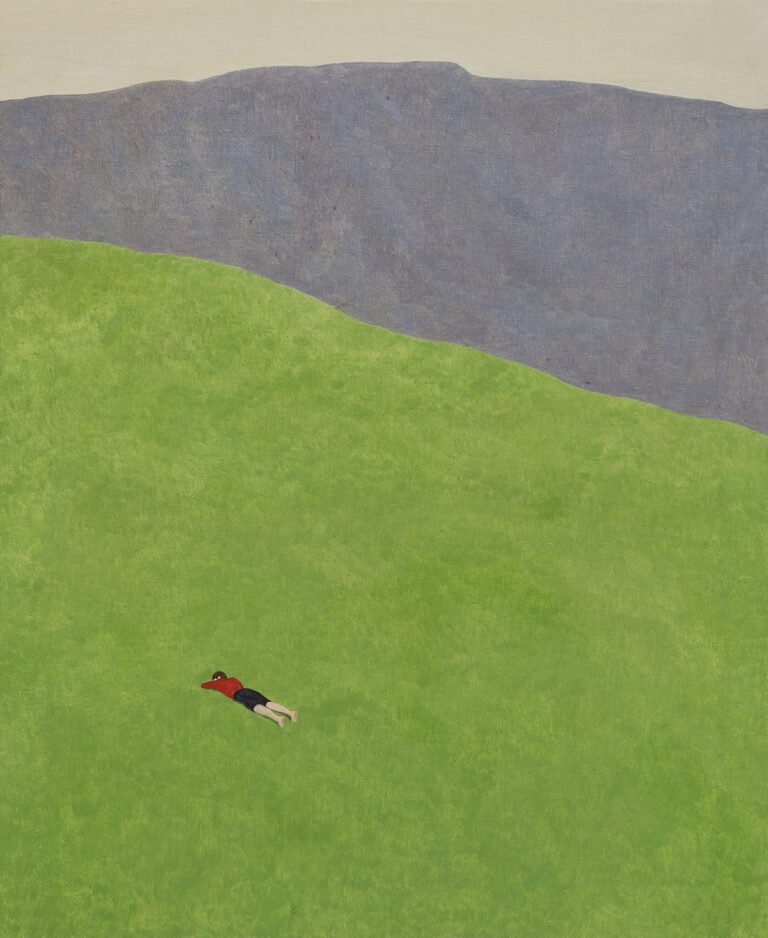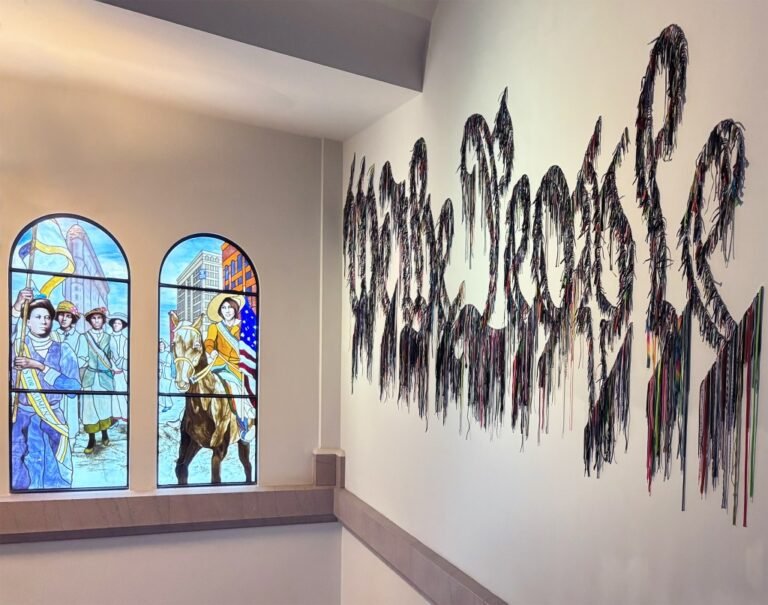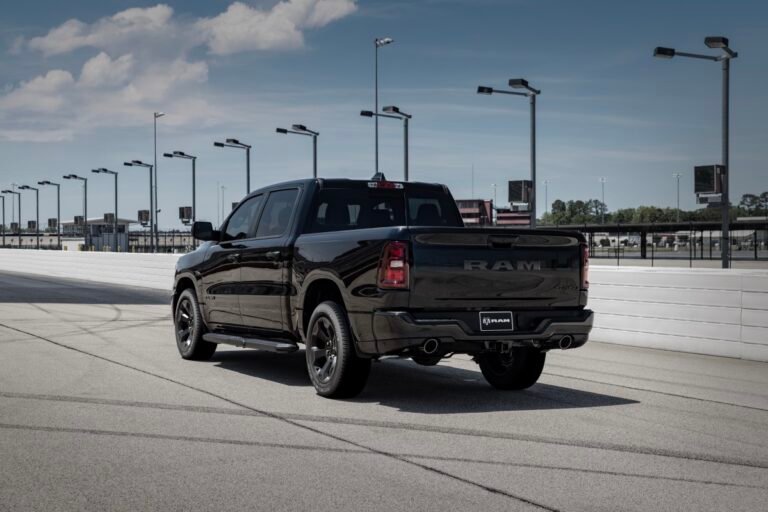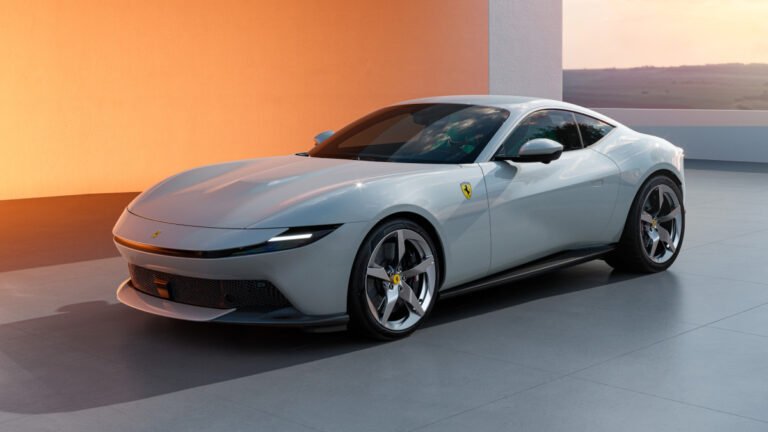

Mention “spirituality” in relation to modern or contemporary art in a United States metropolis, and chances are you’ll get some eye rolls. Mestre Didi: Spiritual Form at El Museo del Barrio makes it clear from the beginning that the word is used with intention.
The show surveys Afro-Brazilian artist Deoscóredes Maximiliano dos Santos, better known as Mestre (Master) Didi, who was also a Candomblé priest, and the mixed-media sculptures on view are related to liturgical objects used in ceremonies for the African diasporic religion. Just as important, though, is the form. Born in 1917 in Salvador, Brazil, Mestre Didi began exhibiting his sculptures in the 1960s, drawing a distinction between the objects used in religious ceremonies and those shown in art institutions; by the time of his death in 2013, he had established an international art practice. In doing so, he foregrounded African diasporic perspectives in Brazilian art and asserted the presence of alternative modernisms in a Eurocentric art world.

Spiritual Form, Mestre Didi’s first monographic exhibition in the US in 25 years, is a thorough introduction to Candomblé cosmology and its African roots that guided the artist, as well as his influence on his peers and later generations of artists: The show is supplemented with works by other Afro-Brazilian artists (including “Igi Axé,” 2024, a stunning, green tree-like sculpture by Antonio Oloxedê, Didi’s grandson). The sculptures range from small pieces based on scepters used in Candomblé ceremonies to elaborate, towering works that combine the iconography of different orishas — deities in the Candomblé pantheon.
In “Ope Awo Ibo – Mysterious palm of the woods” (2004/2011), a base made of palm tree ribs adorned with red and black leather, along with beads and cowrie shells, gives way to a leaf-like blossom composed of multicolored fabric, sheltering a wild outgrowth of the plant. “Ejolorun” (1990), one of the few works that diverges from the totemic format, is a snake poised on the floor in a figure eight. The title refers to the Yoruba word for snake (“ejo”), while the serpent signifies the orisha Oshumare, who connects heaven and earth in Yoruba mythology. In other works, such as “Igi Nilé Ati Ejo Ori Meji – Tree of earth with two-headed serpent” (1990s), limbs branch off a central trunk and pirouette around one another in elegant nods to the relationship between the animate earth and the spirit in Candomblé cosmology.

Among the standout works by other artists are Nádia Taquary’s wall-hanging sculptures, which capture the sumptuous textures and colors of cowrie shells, glass beads, and raffia, and “Ijó Mimó” (2019) by the show’s co-curator, artist Ayrson Heráclito, which consists of a video on three screens of a dance performance by dancer Negrizu and dancer and choreographer (and Mestre Didi’s daughter) Inaicyra Falcão.
As someone who was previously unfamiliar with Didi, I left the show grateful to El Museo del Barrio for bringing his work to a new generation of US museum-goers, and disappointed that other major museums (the Museum of Modern Art, for instance) hadn’t already mounted a retrospective. In the whole story of modern art, Europe and North America are just one chapter that we should have moved beyond long ago.








Mestre Didi: Spiritual Form continues at El Museo del Barrio (1230 Fifth Avenue, East Harlem, Manhattan) through July 13. The exhibition was curated by Rodrigo Moura and Ayrson Heráclito with curatorial fellow Chloë Courtney.
